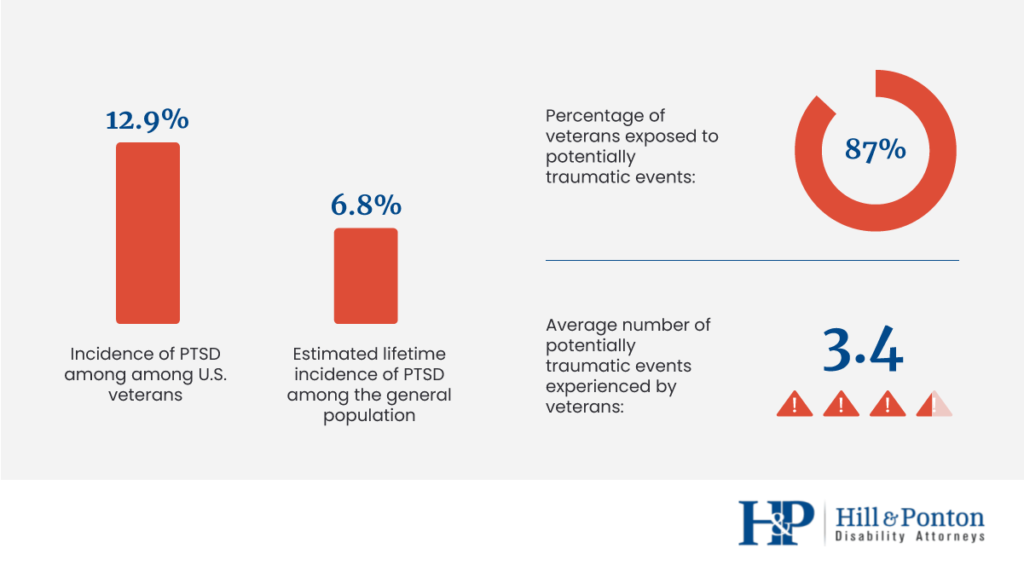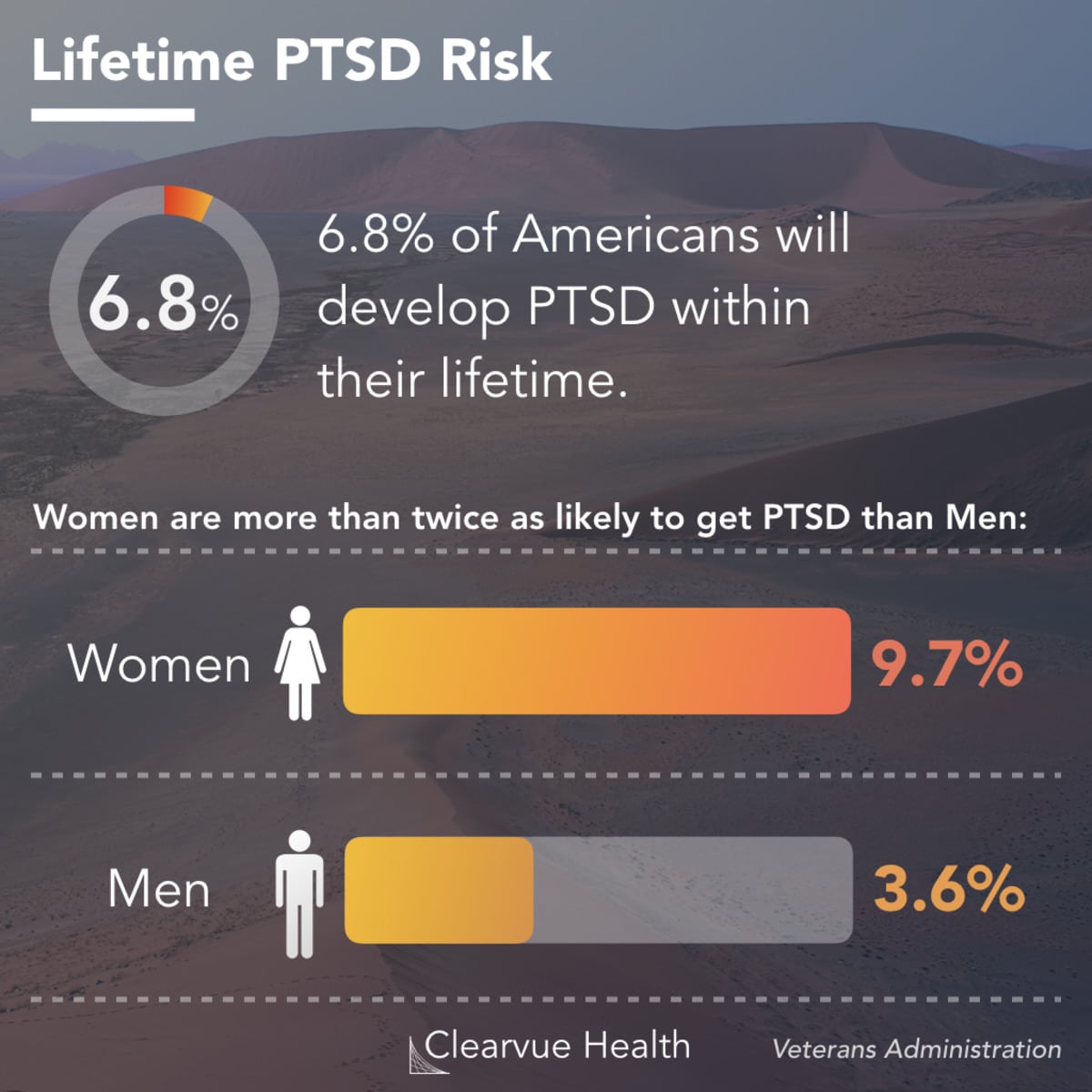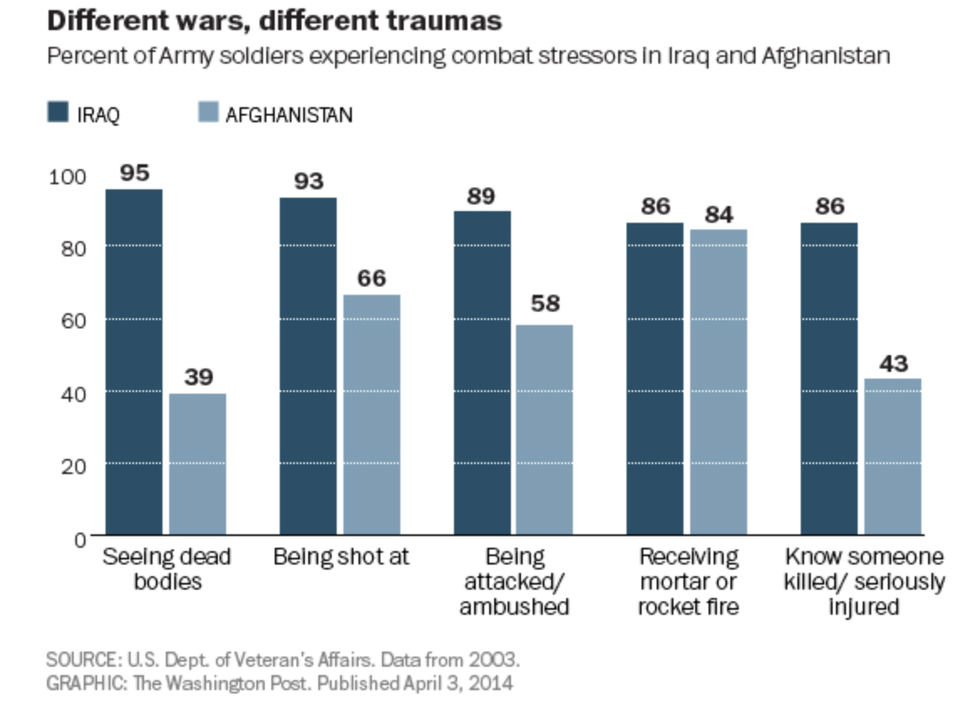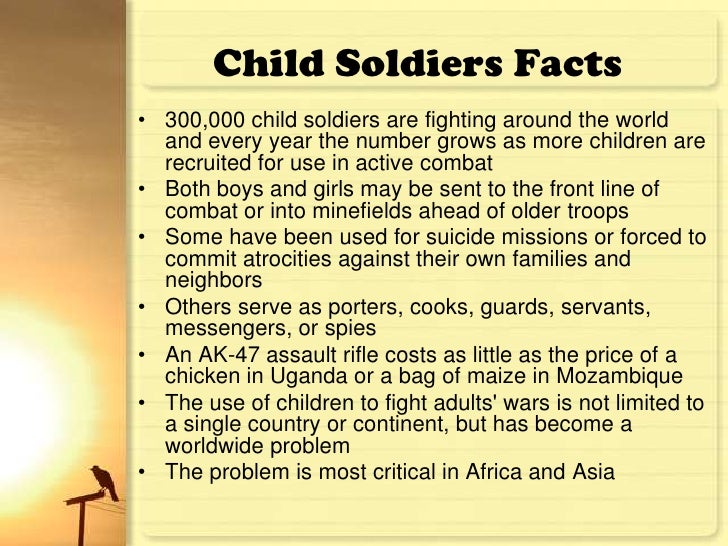Ptsd war iraq afghanistan veterans rates soldiers data post wars traumas consequences terror conflict produced than why study rand deployed
Table of Contents
Table of Contents
The mental health of soldiers who have served in combat zones is a significant concern globally. The trauma experienced during deployment can have long-lasting effects, leading to post-traumatic stress disorder (PTSD). Soldiers with PTSD statistics reveal the staggering number of soldiers suffering from this disorder. Read on to discover more about this critical issue.
Pain Points Related to Soldiers With Ptsd Statistics
Soldiers have a challenging job that carries substantial physical and emotional risks. Combat exposure and life-threatening experiences during deployment can cause PTSD to develop. These symptoms can significantly affect the soldier’s quality of life and undermine their ability to maintain relationships, work, and communicate with the world around them. This condition can also lead to substance abuse and other self-destructive behaviors. Furthermore, many veterans struggle with inadequate communication and support.
Target of Soldiers With Ptsd Statistics
The target of soldiers with PTSD statistics is to provide a quantitative outlook on the mental health issues present in the military community. These statistics are necessary to address the deficiencies and potential solutions with regard to PTSD. They can help promote research on the mental health of soldiers, provide effective treatments, and tailor mental health services to adequately address the needs of soldiers when returning from deployment.
Summary of Main Points Related to Soldiers With Ptsd Statistics
Soldiers with PTSD statistics reveals the prevalence of PTSD. The pain points related to PTSD include emotional distress, relationship difficulties, difficulties with engaging the world at large, and self-destructive behaviors. PTSD statistics also highlight the need for proper research, treatment, and mental health services for soldiers.
Personal Experience with Soldiers With Ptsd Statistics
As a veteran who deployed to Afghanistan in 2010, the statistics on PTSD resonated strongly with me. The experience of combat and the impact it had on my mental health is one that is hard to describe. I struggled to communicate with others, isolate myself, and struggle with substance abuse. Only through support and guidance was I able to cope with PTSD.
 These statistics are a sobering reminder of the long-lasting impact of war and the need to support and care for our soldiers long after their deployment has ended.
These statistics are a sobering reminder of the long-lasting impact of war and the need to support and care for our soldiers long after their deployment has ended.
Treatment for Soldiers With Ptsd Statistics
The most common treatments for PTSD include cognitive-behavioral therapy, exposure therapy, and medication. Other treatments that may be effective can involve alternative therapies like meditation, massage, or equine therapy. However, every treatment should be based on individual needs.
 ### Research about Soldiers with Ptsd Statistics
### Research about Soldiers with Ptsd Statistics
Researching PTSD among military personnel is a high priority. Studies have revealed the adverse effects of PTSD on military personnel, such as increased levels of depression, substance abuse, and suicide. Research must be conducted to explore the efficacy of various treatment options for those suffering from PTSD. The understanding of PTSD must continue to evolve to provide effective treatment to our veterans.
Prevalence of PTSD Among Military Personnel
The prevalence of PTSD among military personnel differs from one conflict to another and one military population to another. An estimated 10-30% of veterans experience PTSD, and the risk increases in those who experience combat-related trauma. As of 2021, approximately 20 veterans die by suicide daily in the United States, highlighting the need for more support and treatment.
Questions and Answers About Soldiers With Ptsd Statistics
Q: What is the leading cause of PTSD among soldiers?
A: Combat exposure, life-threatening events, or extended deployment can cause PTSD among veterans.
Q: Why is PTSD so prevalent among military personnel?
A: Military personnel can be exposed to more risk, prolonged stress, and trauma, making them more vulnerable to mental health issues such as PTSD.
Q: How can PTSD be prevented among military personnel?
A: PTSD is often unavoidable among military personnel. However, interventions like stress-management resources and counseling services can prevent PTSD from developing.
Q: What is the best way to help a soldier with PTSD?
A: The most effective way to help a soldier with PTSD is to provide ongoing support. Listen to them, provide a safe environment for them to talk, and encourage them to receive treatment.
Conclusion of Soldiers With Ptsd Statistics
Soldiers with PTSD statistics shed light on the prevalence and challenges of this disorder among the military population. With research and proper treatment, PTSD can be managed and overcome. It is essential to continue the discussion and provide support to those who have served and continue to serve our country.
Gallery
Vietnam War Veterans Ptsd Statistics - DisabilityTalk.net

Photo Credit by: bing.com /
The Consequences Of 9/11: The War On Terror And PTSD

Photo Credit by: bing.com / ptsd war iraq afghanistan veterans rates soldiers data post wars traumas consequences terror conflict produced than why study rand deployed
13 Best PTSD Statistics Images On Pinterest | Ptsd Awareness, Post

Photo Credit by: bing.com / ptsd military veterans wounded statistics awareness veteran infographic warrior project stress traumatic post quotes disorder affects life mental health caused
What Percentage Of Military Have Ptsd - ClubMentalHealthTalk.com

Photo Credit by: bing.com /
Duty To Soldiers, Oneself: Combat Veterans Seek Out Behavioral Health

Photo Credit by: bing.com / ptsd soldiers combat marijuana trauma visible soldier war traumatic wounds spouse does behavioral oneself suffering severe deployment rethinking svein





